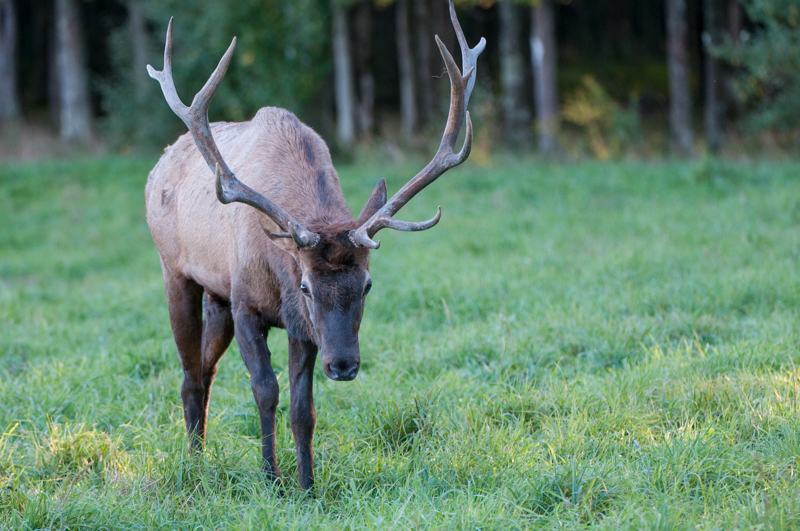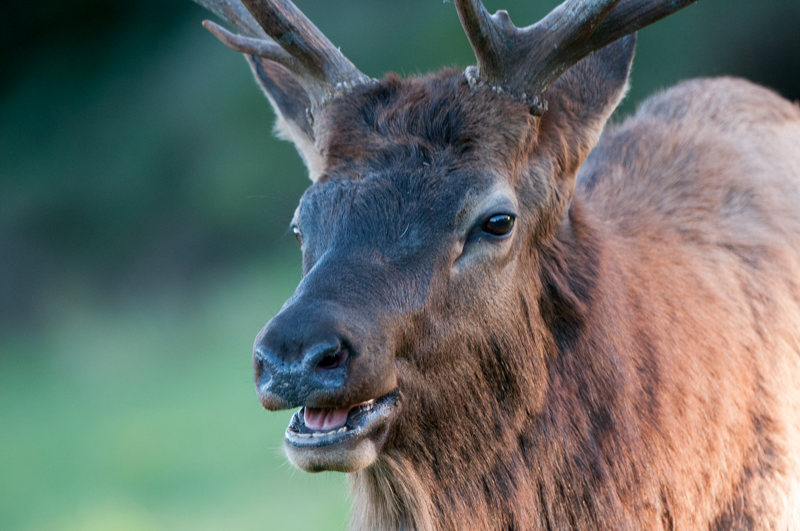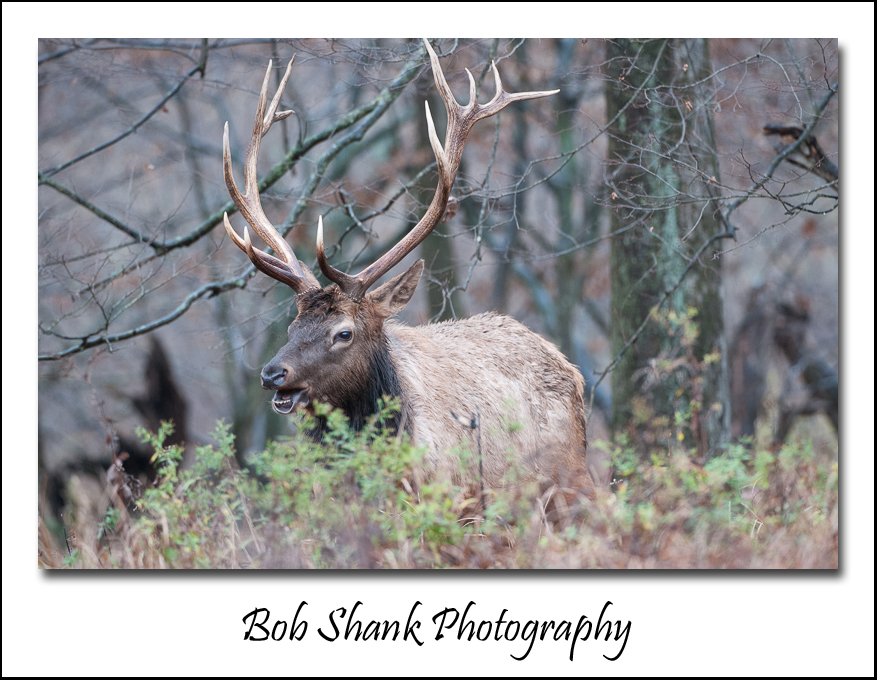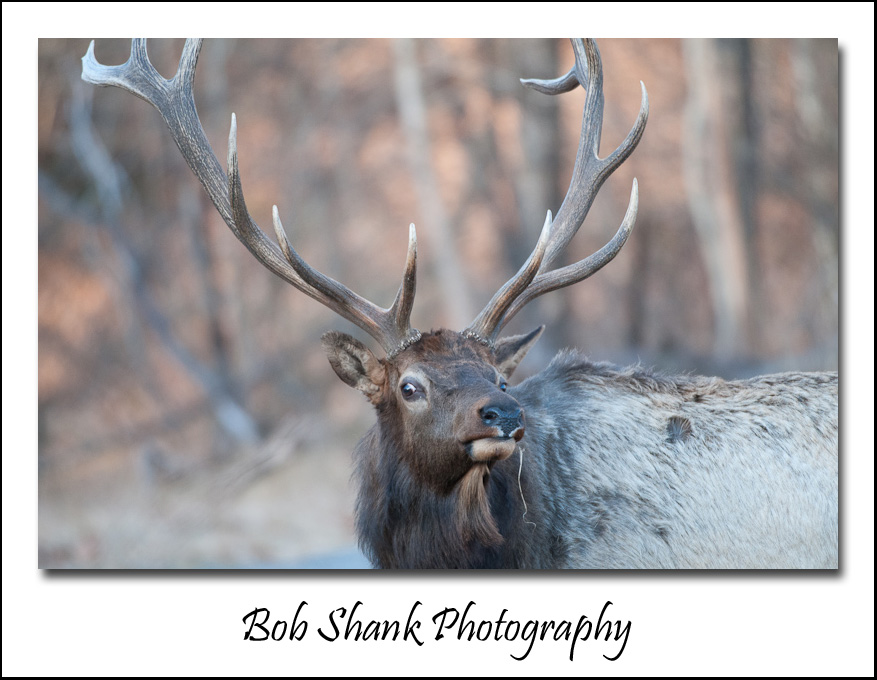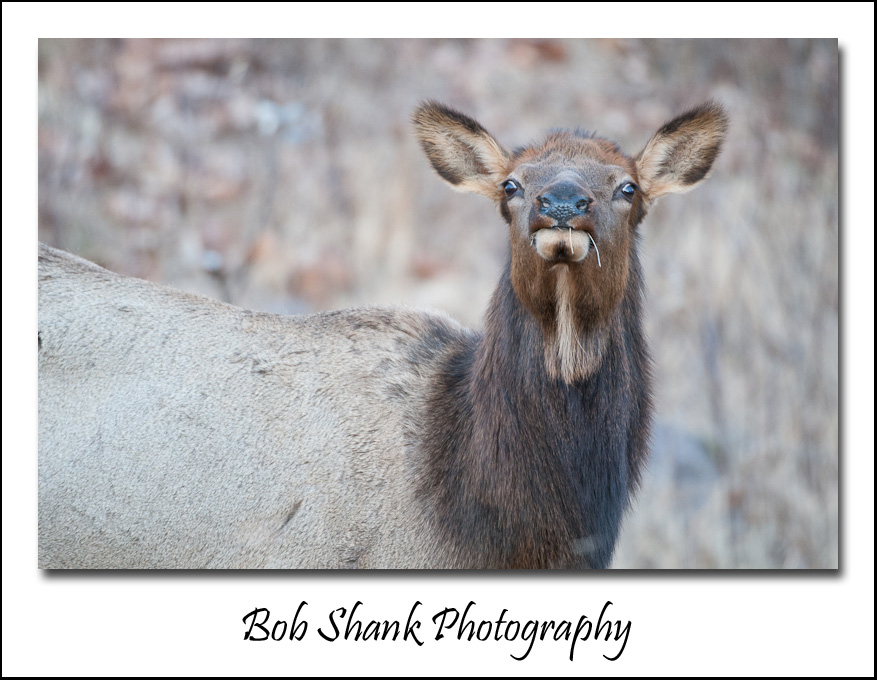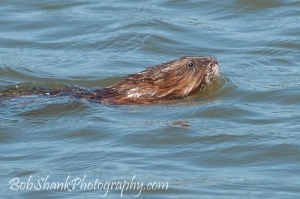
Much of the time spent in wildlife photography is pursuing the animals we want to photograph. I often tease that, “Yeah, I was out on the mountain chasing the elk around with my camera.” I do not mean this literally, of course. Chasing an animal is just not a very good idea if you intend to photograph it!
So how can you actually get closer to the wild animals? Be patient and let them come to you. That’s right, be patient. In our fast-paced society today, this is not an easy thing for many people to do. Being patient means taking the time to stay in one place for an extended period of time.
Last week, while shooting the Pennsylvania Elk, we were on a hill with a small harem of cows and a couple of bulls within about 100 yards of us. We had our cameras on our tripods and were capturing some photographs at that distance. We patiently remained in that one location for well over an hour. Amazingly, the elk ever so slowly began to feed in our direction. They didn’t close the distance by leaps and bounds; rather, they slowly mossyed in our direction. This took time and we remained patient.
Eventually, the bull moved to within a few yards of our location. You can see in these photos that I now had too much lens with my 200-400mm. It was an amazing experience!

The key was staying still and patient, while letting the animals slowly feed in our direction instead of chasing them by trying to get closer. I firmly believe that most photographers will get better photographs if they practiced more patience with their subjects. The next time you are shooting wildlife, practice more patience. Remain in one location and let them work toward you. It is an amazing experience when this happens and you will get some incredible photos, too!
